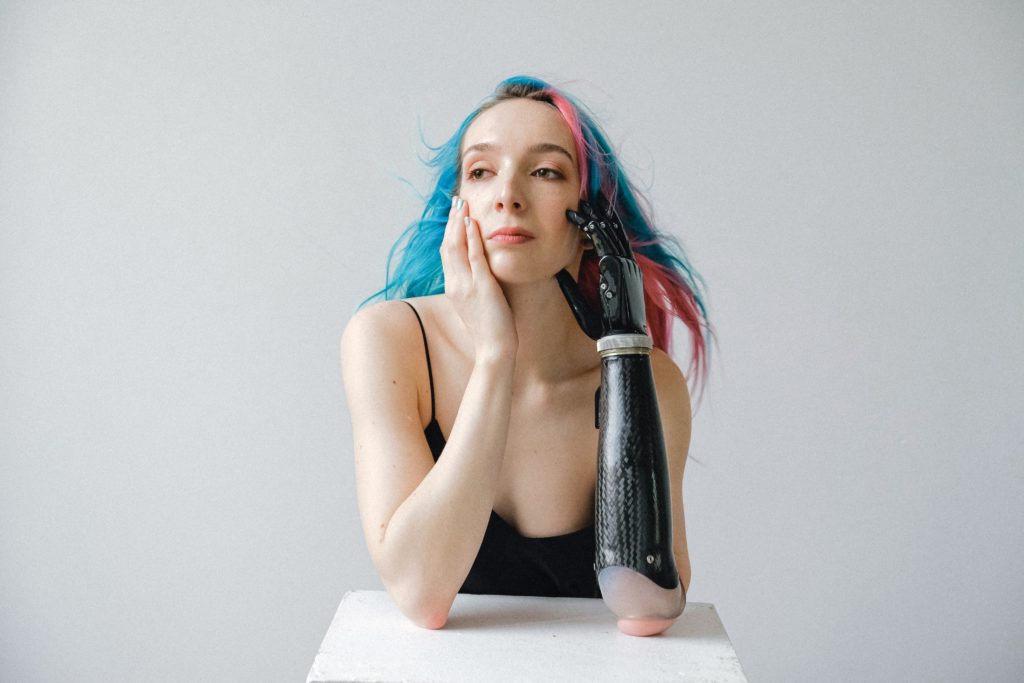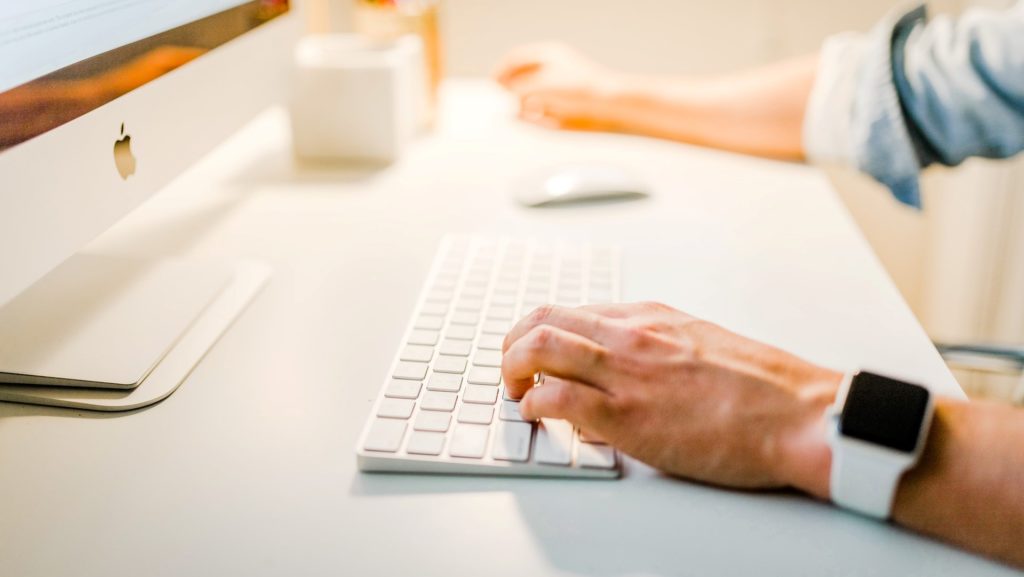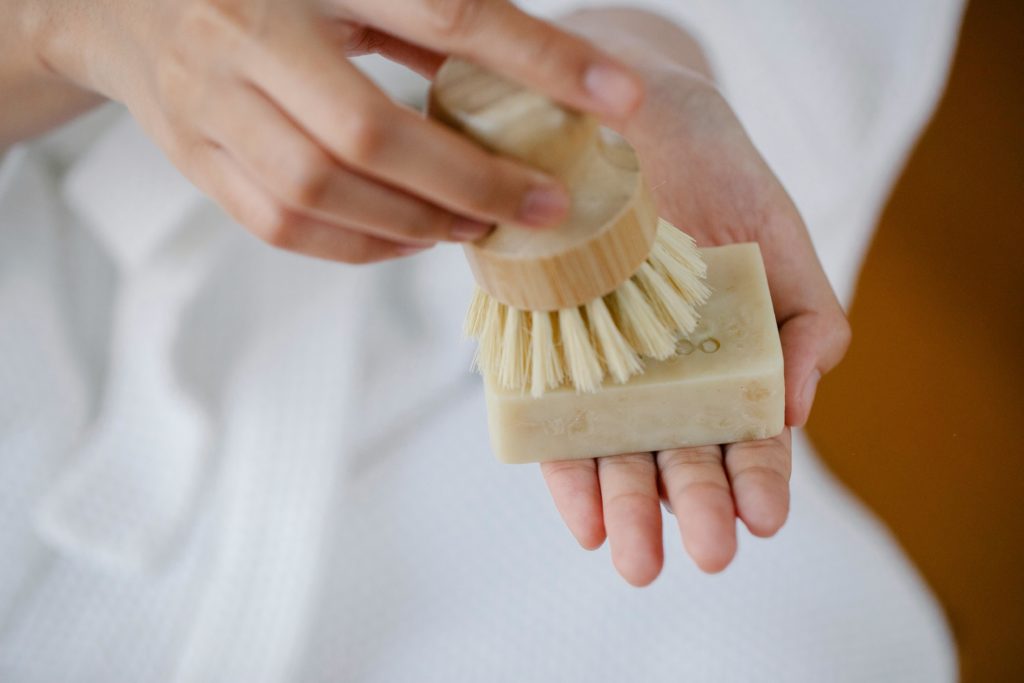Beauty and self-care are not just skin deep; they play a significant role in boosting self-esteem, confidence, and overall well-being. However, people with disabilities often face unique challenges in pursuing beauty and self-care routines.
In this detailed guide, we’ll delve into the world of “Beauty and Self-Care for People with Disabilities,” exploring the barriers they encounter, adaptive strategies, inclusive practices, and real-life stories of triumph.
I. Barriers to Beauty and Self-Care for People with Disabilities
Physical Limitations
People with disabilities may face various physical challenges that affect their ability to engage in beauty and self-care routines. Conditions such as limited mobility, muscle weakness, or dexterity issues can make daily tasks like applying makeup, styling hair, or maintaining personal hygiene more demanding. Adaptive tools and techniques are essential to overcome these barriers.
Accessibility Challenges
Accessibility extends beyond physical spaces. Products, beauty salons, and self-care resources are not always designed with inclusivity in mind. Accessible spaces and adaptive technology can bridge these gaps, ensuring that people with disabilities have equal access to beauty and self-care facilities.
Social Stigmas and Stereotypes
Society’s perceptions of beauty can create emotional barriers for people with disabilities. The prevalence of beauty standards in media and advertising often excludes individuals with disabilities. Overcoming stereotypes and promoting diverse representations of beauty is crucial for fostering self-acceptance and self-esteem.
Psychological and Emotional Factors
The psychological impact of living with a disability can be profound. Depression, anxiety, and a negative self-image can hinder self-care and beauty routines. It’s essential to address these emotional aspects and provide support to enhance mental well-being.
II. Adaptations and Strategies for Beauty and Self-Care
Adaptive Tools and Products
A range of adaptive tools and products is available to assist individuals with disabilities in their beauty and self-care routines. These tools, such as specialized makeup brushes, ergonomic hair styling devices, or adaptive clothing, help increase independence and confidence.
Assistive Technology
Advancements in assistive technology have opened new possibilities. From voice-activated beauty apps to smart home devices that facilitate daily routines, technology can be a game-changer in promoting self-sufficiency.
Personal Care Routines and Regimens
Tailoring personal care routines to individual needs is essential. This involves identifying the most comfortable and efficient way to perform tasks like bathing, skincare, and grooming.
Support Networks and Resources
Support networks, including family, friends, and support groups, are invaluable in helping people with disabilities access beauty and self-care resources. Numerous organizations and online communities offer advice, guidance, and a sense of belonging.
III. Inclusive Beauty and Self-Care Practices
Promoting Diversity and Representation
Championing diversity in the beauty industry is critical. Brands and influencers who showcase the beauty of people with disabilities in their campaigns are playing a vital role in dismantling beauty stereotypes.
Inclusive Beauty Industry Trends
The beauty industry is gradually shifting towards inclusivity, with more products and services catering to a broader range of needs. Discover the latest trends and innovations that make beauty and self-care accessible to all.
Self-Acceptance and Self-Esteem
The journey to self-care starts with self-acceptance. Embracing one’s unique beauty and capabilities is a powerful step toward enhanced self-esteem and overall well-being.
Inspirational Stories and Role Models
Read about the incredible individuals who have defied societal expectations and thrived in the world of beauty and self-care. Their stories serve as beacons of inspiration for all.
Conclusion
In the world of “Beauty and Self-Care for People with Disabilities,” there is a growing recognition of the importance of inclusivity, adaptive strategies, and the power of self-acceptance. The journey towards accessible beauty and self-care is ongoing, but it’s one filled with hope, innovation, and inspirational stories.
Let’s continue to support and champion the rights of every individual to feel beautiful, confident, and cared for, regardless of their abilities.
Frequently Asked Questions
1. What is an example of a self-care disability?
A self-care disability refers to a condition that hinders an individual’s ability to perform essential personal care tasks independently. It can include difficulties with bathing, dressing, grooming, or maintaining personal hygiene.
2. How can we care for people with disabilities?
Caring for people with disabilities involves providing physical and emotional support tailored to their specific needs. This may include assisting with daily routines, offering companionship, and ensuring access to necessary medical or therapeutic services.
3. What is a self-care disability?
A self-care disability is a term used to describe challenges in performing personal care tasks independently due to physical or cognitive impairments. It can encompass difficulties with activities such as bathing, dressing, and grooming.
4. How can I make life better for people with disabilities?
To make life better for people with disabilities, it’s crucial to promote inclusivity, accessibility, and respect. This can be achieved by offering support, advocating for their rights, and ensuring that physical and social environments are accommodating.
5. How do disabled people cope with disability in everyday life?
Coping with disability in everyday life often involves adapting daily routines, accessing necessary assistive technology, seeking emotional support, and maintaining a positive mindset. Each individual’s approach may vary based on their specific disability and needs.
6. What are the needs of people with disabilities?
The needs of people with disabilities can vary widely based on their individual circumstances. Common needs include accessible environments, adaptive tools and technology, emotional support, and opportunities for education and employment.
7. What are the challenges faced by disabled persons?
Challenges faced by disabled individuals may include physical limitations, societal stigmas, limited access to resources, and difficulties with daily activities. Addressing these challenges requires a holistic approach involving support and advocacy.
8. How do you encourage someone with a disability?
Encouraging someone with a disability involves offering support, promoting independence, and fostering a positive self-image. It’s important to acknowledge their capabilities and provide assistance when needed while respecting their autonomy.
9. What are the three special needs?
The three special needs typically refer to sensory, cognitive, and physical disabilities. These categories encompass a wide range of conditions and require tailored support and accommodations.
10. What are the 4 main types of disability?
The four main types of disability include physical disabilities, sensory disabilities, cognitive disabilities, and psychiatric disabilities. Each type presents unique challenges and needs, requiring different approaches to support and inclusion.
11. What is the difference between disability and disabled?
“Disability” is a broader term that encompasses the condition of having a physical or mental impairment that limits one’s activities. “Disabled” refers to individuals who have such impairments and may face challenges in performing specific tasks or activities.
12. What does SEN stand for?
SEN stands for Special Educational Needs. It refers to the specific educational requirements of individuals with disabilities or learning difficulties. SEN programs are designed to provide tailored support and accommodations for students with special needs.


